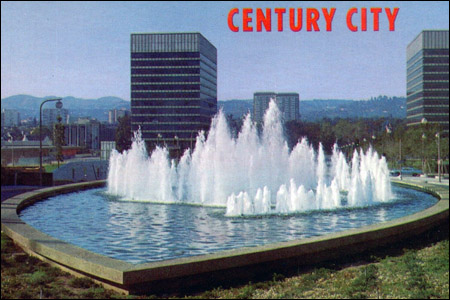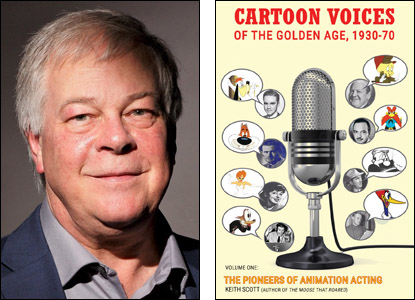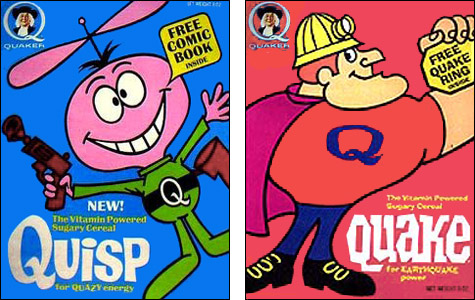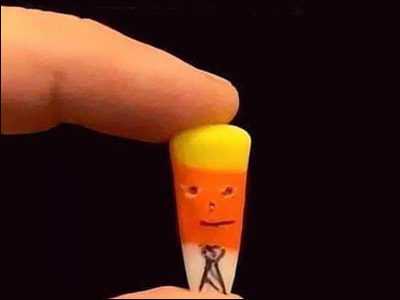Before you read this, I order you to read Part 1, Part 2, Part 3, Part 4, Part 5, Part 6, Part 7, Part 8, Part 9 and Part 10. Only one more to go after this…I think. I hope.
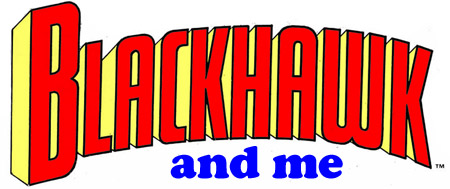
I've been telling you a number of things that went wrong during my brief period as writer (sometimes, writer-editor) of Blackhawk. I don't want to leave anyone with the impression that it was a bad experience or that I regretted signing on. Absolutely not. The things that went wrong simply make for more interesting and generally funnier anecdotes. Most of it went very right.
The majority of my delight came from Dan Spiegle, who drew most of the pages and drew them better than I would ever have imagined. He was not flashy. He was just a solid storyteller who was an expert at setting the mood of every scene and putting the proper expression on every face. He also drew the airplanes and other military hardware with a flawless precision. I loved working with all those guest artists we had doing the Detached Service Diary stories but I think — no, I know I enjoyed working with Dan even more.
As I mentioned, when he finished the artwork to an issue, he did not send it off to DC in New York. He sent it to me and I was like a little kid unwrapping a Christmas present I knew would be splendid.

During the period I worked on Blackhawk, I was also usually working on two other comic books each month — with Sergio Aragonés on Groo the Wanderer and with Will Meugniot on DNAgents. Those were three very different comic books from three very different publishers, and the way in which I worked with each artist was completely different. But there were a few things they had in common, starting with the fact that those three artists were all good friends of mine and we talked all the time.
I have done comic books where I had little to no contact with the artist. I wrote a script, handed it in to an editor and the editor then sent it to the artist. Often, I did not see the finished art before publication. If I wanted to suggest a change, even in my own dialogue, it was too late. In some cases, I did not know the artist personally and/or when I wrote the script, I didn't even know who the artist would be. I could not tailor my script to the strengths of the artist nor could we work out a means of collaboration that took his strengths (or even mine, if any) into consideration. Sometimes, the results were good but I think the odds were better when I knew the artist and we weren't doing something sneaky behind an editor's back if we communicated or, God forbid, had lunch together.
Will Meugniot, being a solid professional and a real smart guy, could have drawn the kind of script I gave Dan Spiegle — a full script with every panel described, every line of dialogue already written — but it would not have been the best way for the two of us to work together. Will liked to have more input into the story and had lots of very good ideas. With him — and most of the other artists who drew DNAgents later — I would discuss the story ahead (usually) and then provide a pretty detailed outline, including panel-by-panel breakdowns; i.e., what I thought should happen in each panel.
The artist was then free to introduce his own ideas into the plot, rearrange or combine panels, improve on my pacing or even call me up and say, "I have a whole different idea for this sequence" and I'd write the dialogue after he'd penciled the story. That would not have worked with Dan. It was the best way to work with Will. And the way I worked with Sergio — the way I still work with Sergio — would not work with any other artist because no other artist has precisely the same skill set as Sergio. Someday, I shall write here about that.
And at the same time I was working on Blackhawk, DNAgents and Groo, I was also writing variety shows and cartoon shows for TV. Those jobs meant collaborating with a lot of different people, sometimes dozens. On some shows, there were six or seven people who had some form of the word "producer" in their titles. There were network people. There were sometimes other writers. There were directors and art directors and Standards and Practices representatives and film editors and composers and arrangers and if it was a cartoon, loads of artists, some of whom were in faraway countries and didn't speak English.
There were also actors. One of the great thing about writing for a comic book like Groo is that Groo doesn't come up to you and say, "I don't like this line you wrote for me!" Comic book characters do what they're told.
After a hard day of dealing with umpteen zillion people on a TV show, I can't tell you the joy I had of opening a package from Dan Spiegle where whatever I wrote was fully realized, just the way I imagined it…or better. My collaborators on the stories I did for Blackhawk with Dan numbered as follows: (1) Dan, (2) his daughter Carrie, who lettered, (3) whoever colored the comic and (4) really no one else.
No, the money wasn't as good as in TV but if you're a professional writer, I don't think you can be happy if there are no other considerations in your work besides what you're paid.
On Blackhawk, DC left me largely alone…something that wouldn't have happened if I'd been doing a book with Superman or Batman or any other top-selling feature that others were also writing or wanted to write. But there are, of course, downsides to being on the book no one else cares about. Those comics don't sell great. We were selling better than DC had initially expected a new Blackhawk series to sell but there was an ever-so-slight downward tilt to those sales. We all know where that leads.
I'll write more about this in the next and probably-final chapter but I'll close this one by telling you about one of the few things I came up with to maybe, just maybe nudge the sales of the comic up a bit…
One day, I found myself writing a three-part ABC Weekend Special for guess-which-network. They flew me back to New York for two-or-three meetings over four-or-five days so I had plenty of time to go see friends and shows and hang around the DC offices. I talked a bit to the sales folks about what could be done to boost Blackhawk sales but their answer was, basically, nothing. Those who were reading the comic said they really liked it but most said it was going to sell what it was going to sell and that was it.
I had one tiny thought…which is one more tiny one than I usually have. I went to see Julius Schwartz, who was then editing the Superman comics. I knew Julie very well — too well at times — and he'd often asked me to write for his books. They mostly featured the kind of characters, as noted above, where everyone in the company has firm ideas about how the character should be depicted and you had to coordinate with six other writers who were writing their versions of the character so he'd be the same guy in your stories.
Or you'd write a scene where the character eats prunes and you'd get a call from Nelson Bridwell, the in-house authority on continuity. Nelson would tell you, "No, no…we did an issue nine years ago where that character specifically said he doesn't eat prunes."
I'd also found Julie to be a little intimidating. He was editing a book called DC Comics Presents and in every issue, Superman appeared with a different DC property. Almost every DC character who'd ever had their own comic (and many that didn't) had guest-starred in it — everyone except the guys from Blackhawk. Thinking a Superman-Blackhawk crossover might make someone think my comic was actually part of the DC line, I went in and suggested it. Julie said, "Let me think about it. Come back in a little while."
In a little while, he told me, "I just ran it past the sales folks and they said your book's not selling all that well." I said, "You just did a crossover with The Atomic Knights, who haven't appeared in new stories since 1964. How's their comic selling these days?" (Note to those who'll otherwise write in: I know the history is a little off. But the line worked at the time and that's all I cared about.)
Julie admitted I had a point, then asked, "But who could draw a story like that?" I was prepared with an answer for just that question. DC was somewhat fussy about who drew Superman back then. Certain artists weren't preferred for such an assignment but among the guys who were, you had Ross Andru and Irv Novick. Both drew Superman to the company's satisfaction…and both had a background in war comics so there was no question they could handle that aspect of the Blackhawk content. I mentioned those names to Julie and he practically leaped out of his chair.
"Omigod!" cried the editor. "I have to have a script for Irv Novick next Monday!" As I mentioned here several parts ago, certain DC artists had contracts that guaranteed them steady work and Irv Novick was one of those guys. In fact, I believe Irv was the first freelance artist who'd ever had one of those contracts with the company. Julie asked, "How fast could you get me a script? Have you got a plot?"
I told him I could have a finished script for him in three days. "And yes, I have a terrific plot," I fibbed. "I'll tell it to you as soon as I get back from the men's room!" Then I went to the DC men's room and quickly thought up what I hoped he'd think was a terrific plot.
He did. We talked through it, he okayed it and I went to work. For the next three days, whenever I wasn't in a meeting at ABC or going to Broadway shows or eating at Peter Luger's Steak House in Brooklyn — all of these, of course, being of greater importance — I was poaching at whatever vacant desk I could find at the DC offices. Wandering like a nomad from workspace to workspace, I wrote the script on these things they had there back then called typewriters.
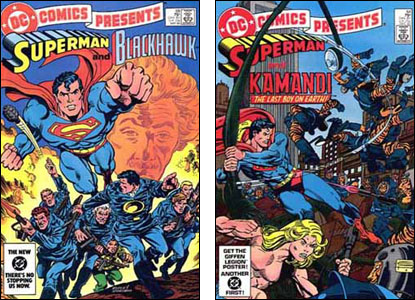
The first day I was back in Los Angeles, I got a call from him saying he was very happy with it and would make only minor changes. That pleased me greatly. He also talked me into writing another script for DC Comics Presents, this one teaming Superman with Kamandi. After that, he offered assignments interfacing Superman with DC characters I either didn't like or had never read so I begged off further jobs. In hindsight, I wish I'd done a few more for him. He was much easier to work with than I'd expected.
As things turned out, he unintentionally double-crossed me a little. Irv Novick drew the Superman-Blackhawk script right away but Julie didn't schedule its publication in DC Comics Presents for eight or nine months, putting everything else he had in the works, including the Kamandi story, ahead of it. By the time it came out, sales on Blackhawk had slipped another notch and one other thing had happened that I'll tell you about in the next and final part. If crossing over with The Man of Steel had any sales impact on Blackhawk, it was way too little/way too late.
Click here to, at long last, jump to the final chapter.
